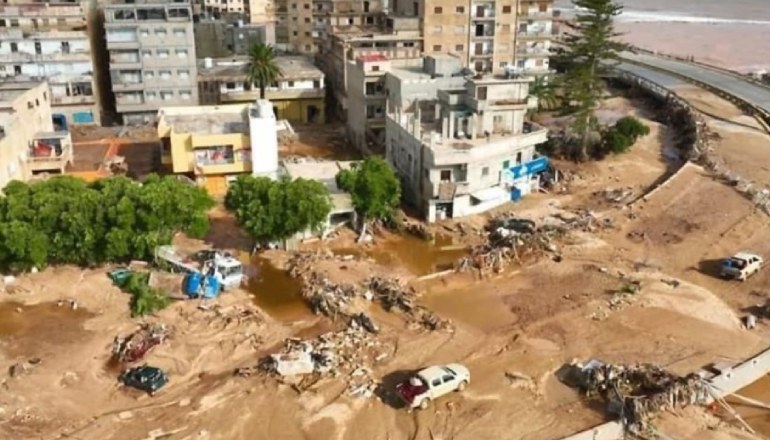In the last 30 days, we have seen floods in Hong Kong, Greece, Spain, India, Brazil, Bulgaria, Turkey, Oman, Guatemala, Mexico, Libya… The list continues.
While the world is busy pointing fingers at climate change, I am also noticing an alarming scare! Lack of potable drinking water in the climate disaster-affected areas. Take the case of Libya, for example. The death toll in the African country is reported to have crossed 11,000. What’s worse, the living face a severe potable water crisis.
Alarming data:
According to a UN SDG Indicator 2021 summary:
- 2.3 billion people live in water-stressed countries
- 26% of the world’s population lacked safely managed drinking water
According to UNICEF:
- Four billion people — almost 2/3 of the world’s population — experience severe water scarcity for at least one month each year.
- Half of the world’s population could live in areas facing water scarcity by 2025.
- Some 700 million people could be displaced by intense water scarcity by 2030.
- By 2040, roughly 1 in 4 children worldwide will be living in areas of extremely high water stress.
So far, the water crisis has been highlighted during droughts, dry spells and increased temperature levels. But drought is not the lone cause of water scarcity. Natural calamities, including floods, wipe out or contaminate water bodies and change water cycle patterns. The water scarcity in Libya is not an isolated case. The entire world will bear the brunt as the intensity and frequency of floods has increased.
Contextually, dramatic weather events over the last few years have brought about catastrophic changes in the lives of the people-especially at risk are women, children and vulnerable communities.
As per the UNICEF data, around 74% of natural disasters between 2001 and 2018 were water-related, including droughts and floods. The frequency and intensity of such events are only expected to increase with climate change.
And children bear the maximum brunt. “Water and sanitation-related diseases are one of the leading causes of death in children under 5 years old. Every day, over 1000 children under 5 years die from diseases linked to inadequate water, sanitation and hygiene,” the authors noted in the report.
The report further said that by 2040, almost 1 in 4 children will live in areas of extremely high water stress.
Yet another vulnerable sector, the women, also bear the impact. Historically, we have seen women struggling to fetch drinking water and water for hygiene and sanitation. When climate eventualities are on the rise, their struggles increase manifold. It is time we look at ways to address the water crisis.
Water and sanitation become very critical in a flood-affected area. Transporting potable water for daily use, reviving the water bodies and cleanzing the contaminated water infrastructure after a natural disaster is crucial. Till now, these were not the areas of focus. I think it is time for us to dig deep into this crisis and better manage our water resources.

